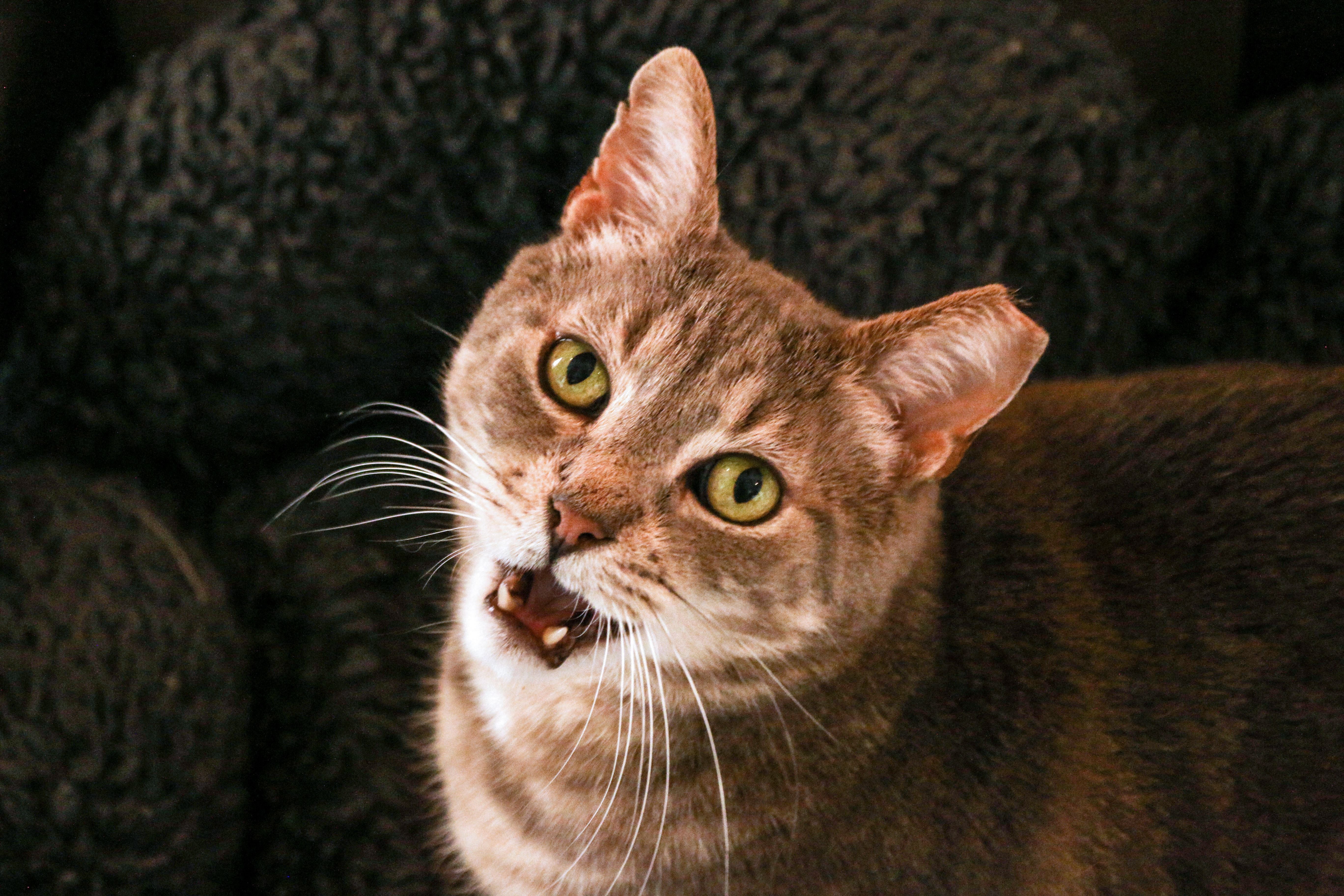Scientists have finally worked out how cats produce purring sounds
Research reveals how tiny felines make sounds of ‘incredibly low frequencies far below even lowest bass sounds by humans’
Your support helps us to tell the story
From reproductive rights to climate change to Big Tech, The Independent is on the ground when the story is developing. Whether it's investigating the financials of Elon Musk's pro-Trump PAC or producing our latest documentary, 'The A Word', which shines a light on the American women fighting for reproductive rights, we know how important it is to parse out the facts from the messaging.
At such a critical moment in US history, we need reporters on the ground. Your donation allows us to keep sending journalists to speak to both sides of the story.
The Independent is trusted by Americans across the entire political spectrum. And unlike many other quality news outlets, we choose not to lock Americans out of our reporting and analysis with paywalls. We believe quality journalism should be available to everyone, paid for by those who can afford it.
Your support makes all the difference.The mechanism behind cats making purring sounds has remained a mystery – until now.
The felines are known to produce three different kinds of sounds – meows, screeches and purrs. While the mechanisms behind their meows and screeches are known – they are generated in their larynx or “voice box” just like how humans can talk – the exact process behind purrs has remained unknown.
But a new study published recently in the journal Current Biology has unravelled how cats manage to emit the characteristic low-frequency sounds that humans find comforting. The study has revealed that a special “pad” embedded in the vocal folds of the felines helps them purr.
Research that dates back by half a century points to purrs being produced by a special mechanism in the vocal folds within the larynx. Previous studies point to the sounds being made due to a relaxation of the muscles in these vocal folds that require constant control from the brain via nerves.
The new study, led by researchers from the University of Vienna, however, shows these special muscle contractions are not needed to generate cat purrs.
The research demonstrates that the domestic cat larynx can produce impressively low-pitched sounds at purring frequencies without any neural input or repetitive muscle contractions needed.
Scientists said the sound production mechanism is very similar to human “creaky voice” or “vocal fry”.

“Cats have long been believed to produce their low-frequency purr vocalizations through a radically different mechanism involving active muscle contractions,” scientists observed.
The new research shows “cat larynges can easily produce sounds in the purr regime with fundamental frequencies of 25-30Hz without neural input or muscular contraction”.
It also found a special “pad” in the vocal folds of cats that enables these sounds.
“Anatomical investigations revealed a unique ‘pad’ within the cats’ vocal folds that may explain how such a small animal, weighing only a few kilograms, can regularly produce sounds at those incredibly low frequencies far below even than lowest bass sounds produced by human voices,” study co-author Christian Herbst said.
While the new research does outrightly refute the previous theory, researchers said it is also a “clear indicator” that the current understanding of cat purring is incomplete and warrants further research.




Join our commenting forum
Join thought-provoking conversations, follow other Independent readers and see their replies
Comments